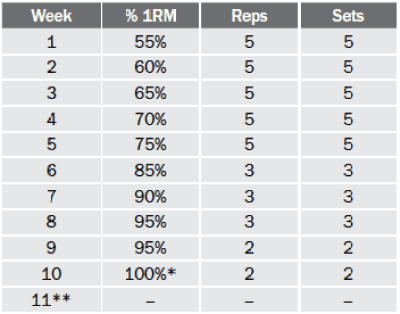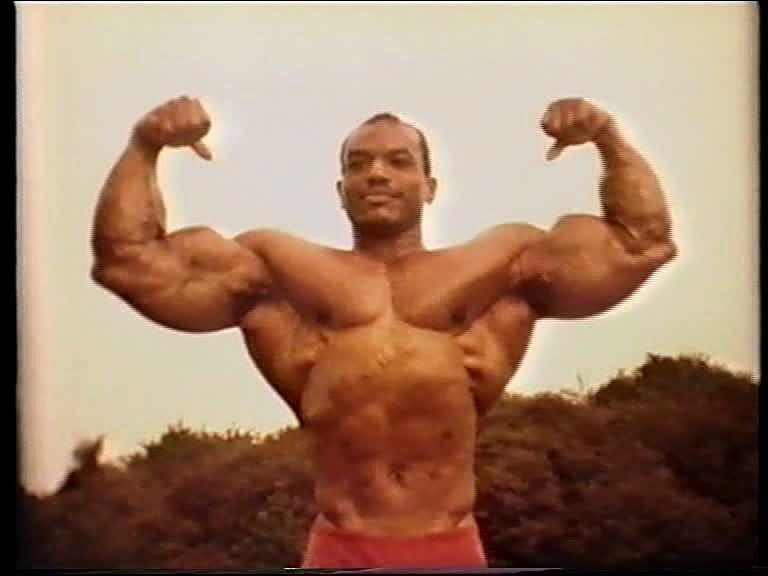The general principle (as I understand it), is to first heal from the PUFA exposure and then later tweak macros and calories to get your desired result. Most people when they start Peating seem to have some metabolic dysfunction going on either from PUFA consumption, carb/calorie restriction or both. I liken it to the concept of “reverse dieting” in that we’re trying to stimulate (glucose) metabolism while minimising fat gain. I reason that we should be in a caloric surplus mainly from carbohydrates (sugars over starches) and minimising PUFAs (the metabolic brake). The problem with eating in a caloric surplus is that most of the fat you eat, is stored rather than burned. This is of course saturated fat and can be burnt later (more easily than PUFAs I’m assuming). Cutting fat completely will make most of us feel like crap but eat too much and you’ll stack it on.
There are quite a few people on here that are playing with macro variations to find one that suits them right now. We are all different people at different stages of healing so for every success story someone will follow and run into trouble. Why did you start looking into Peat’s work man?
I think a lot of people are misinterpreting anecdotes and n=1, then extrapolating that to mean that a certain way of eating is optimal. Just because it worked for one person, doesn't mean it will work for someone else. It's also not entirely wise to mix health with aesthetics, because in some ways they are two completely different goals. Sometimes somebody needs to gain body fat for hormones to self-regulate. And remember this, like it or not, one can find just as many low-carb paleo and IIFYM folks who have ripped, muscular physiques. You can get similar effects with a cocaine addiction, mind you. Doesn't mean we should emulate them.
The key is to eat maintenance calories, but macros to be in a balance, something like 25/25/50 pro/fat/carb. If you try to go on a zero fat diet long term, you will crash. Dietary fat enhances both fat and water soluble vitamin absorption. If metabolic rate or activity level increase, however, the percentage of fat calories does not need to increase proportionally to total calories. In other words, for someone on a 2500 calorie diet, consuming 25% of calories from fat would be about 70g/day, which is adequate for most people to prevent deficiency and avoid symptoms of macro restriction. Increasing calories to 3000/day does not mean that that person would have to increase fat intake to 84g of fat to remain within 25%. In that case, a higher proportion of their calories can come from carbohydrates or protein. Deciding which macros to increase would then be determined on goals. For exercise purposes, it is not entirely necessary to increase protein, but for someone who needs wound healing, protein needs increase tremendously.
Last edited:



